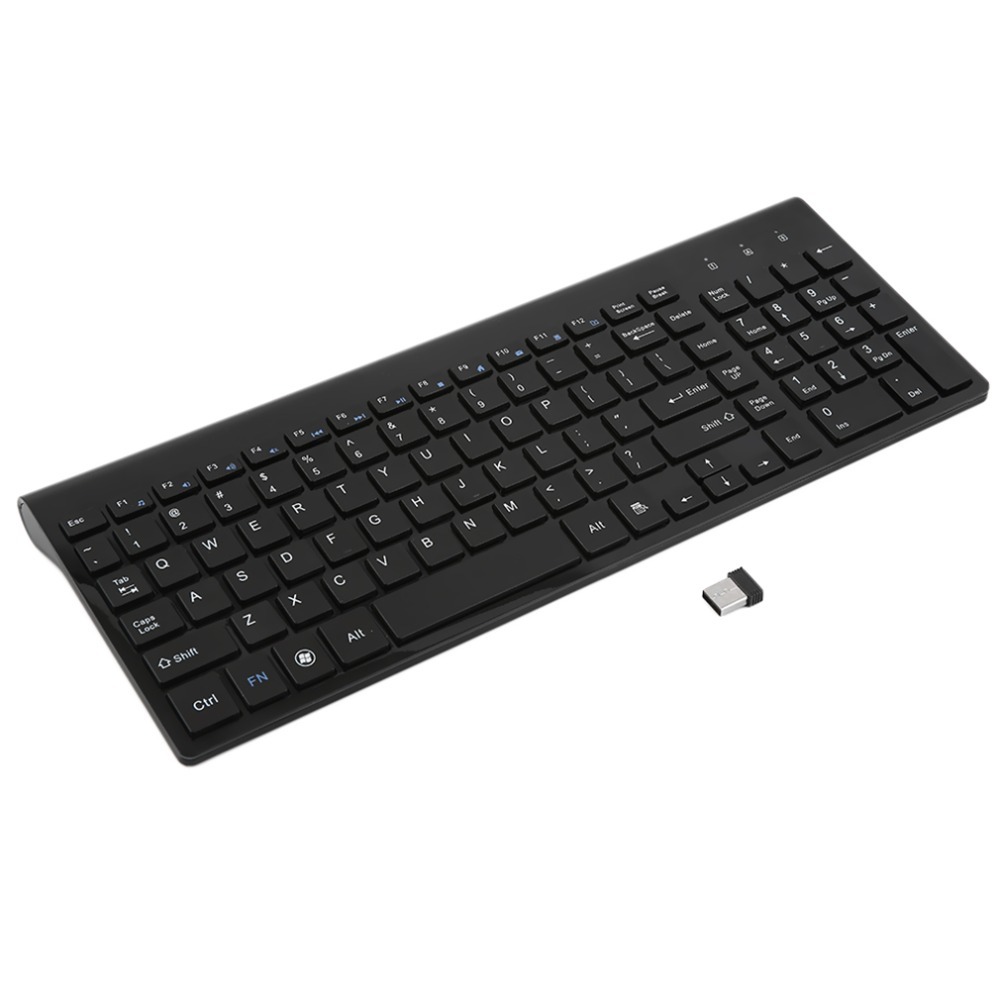Apple Magic Mouse 2, Magic Keyboard, Magic Keyboard with Numeric Keypad, and Magic Trackpad 2 work wirelessly with your Mac via Bluetooth when they're paired and turned on.
- Apple Wireless Keyboard
- Apple Bluetooth Wireless Keyboard
- Apple Keyboard Black Friday
- Apple Keyboard Black Friday
- Space Gray Magic Keyboard
The keyboard is water-resistant, which has come in handy for me once. The folio protects the front and back of the iPad. It looks really good with the iPad, you can tell that Apple put lots of time into making it look nice combined with the iPad. The color is charcoal-gray, not black as it might look in the picture. Overall, I'm loving it. 'apple keyboard' in Computer Accessories & Peripherals.Search all categories instead. Categories & Filters. Store Pickup at. K480 Bluetooth Multidevice Keyboard - Black. Model: 920-006342. User rating, 4.5 out of 5 stars with 4453 reviews. (4,453) Price Match Guarantee. $33.99 Your price.
If your devices came with a new iMac, they're already paired with the computer. Just turn them on when you first turn on your Mac. To make sure that your device is turned on, check its power switch. If green is visible, the device is on.
If you bought your devices separately — or if they've become unpaired from your Mac — follow the steps below to pair them.
Apple Wireless Keyboard
How to set up current Apple wireless devices
Follow these steps to set up your Magic Mouse 2, Magic Keyboard, Magic Keyboard with Numeric Keypad, or Magic Trackpad 2:
- Connect a Lightning to USB Cable1 or a USB-C to Lightning Cable to the Lightning port on the device2 and connect the other end of the cable to your Mac.
- Make sure that the device's power switch is in the ON position. (Green is visible under the switch when the device is on.)
- Choose Apple () menu > System Preferences, then click Bluetooth to open the Bluetooth preferences window. When the device pairs with your Mac, it appears in the list of devices.
- Check the Bluetooth preferences window to see your device's charge level. When the device is charged, unplug it for wireless use.
1. If your Bluetooth device came with an iMac, a Lightning to USB cable was also included in the box.
2. Magic Mouse 2 can't be used while connected to the cable.
How to set up earlier Apple wireless devices
If you're not sure which device you have, you can learn how to identify your Apple wireless mouse, keyboard, or trackpad.
Then use a wired mouse or trackpad — or the built-in trackpad if you're using a Mac notebook — and follow these steps to set up your earlier Apple wireless devices (such as the Apple Wireless Keyboard, Magic Mouse, and Magic Trackpad):
- Turn on your device.
- Wait until your device's LED starts blinking, which means that it's in Discoverable Mode. (If the LED is on but not blinking, your device is already paired with another host. To unpair it, choose Apple menu > System Preferences, then click Bluetooth. Hover the pointer over the device you want to remove, then click the button that appears next to the device's name. Turn the device off, then start again at step 1.)
- Choose Apple menu > System Preferences, then click Bluetooth.
- Wait while your Mac searches for your device. When your device appears in Bluetooth preferences, click Pair1.
1. Apple Wireless Keyboard requires the passcode that appears on your Mac. Enter the 8-digit passcode on the keyboard, then press Return. Earlier models of Apple Wireless Mouse or Apple Magic Trackpad will connect automatically or show a dialog. If you see a dialog, click Pair or press Return.
Learn more
A judge for the US District Court for the Northern District of California certified a class action lawsuit Monday against Apple over its controversial butterfly keyboard. Although the court granted the motion on March 8, the parties had 11 days to redact the document before its release.

Apple Bluetooth Wireless Keyboard
In 2015, Apple released the butterfly keyboard: a 40 percent thinner keyboard that reduced the bulk and weight of the tech giant’s MacBook laptops. The new keyboards were integrated into 16 MacBook models over several years. However, customers returned machines with butterfly keyboards more often than earlier iterations of the product due to poor performance.
Apple Keyboard Black Friday
Judge Edward Davila ruled that the potential class of defective MacBook purchasers meets all four requirements in Federal Rule of Civil Procedure 23(a): numerosity, commonality, typicality and adequate representation. Although the number of laptops sold by Apple with butterfly keyboards is redacted in the order, the court ruled that the class is “sufficiently numerous” and meets the Rule 23(a)(1) numerosity requirement. The case meets the commonality requirement of Rule 23(a)(2) because the plaintiffs set forth issues that are common to the class, such as whether the butterfly keyboard “was defective and whether Apple was aware of that defect, among others.”
Apple Keyboard Black Friday
Rule 23(a)(3) requires typicality, meaning “the claims or defenses of the representative parties are typical of the claims or defenses of the class.” The court found that the representative plaintiffs’ claims are “reasonably co-extensive” with absent class members, and typicality is met. Lastly, Rule 23(a)(4) requires that named plaintiffs adequately represent the class as a whole. The court was “satisfied” that the named plaintiffs could represent class members who purchased each of the sixteen MacBook models with the butterfly keyboard in each of seven states.
Space Gray Magic Keyboard
Davila also ruled that the case is appropriate for certification under Rule 23(b)(3) because common issues predominate the case rather than issues individual to each plaintiff. In closing, the court officially appointed eleven plaintiffs as representatives of the class and subclasses. The parties now have twenty-one days to submit a proposed plan of Notice to the court.
